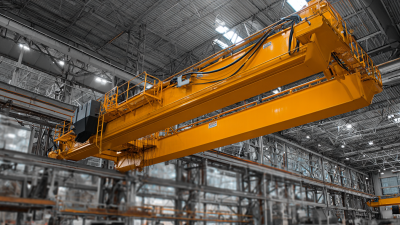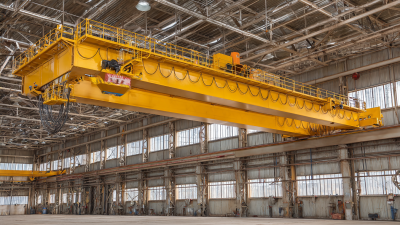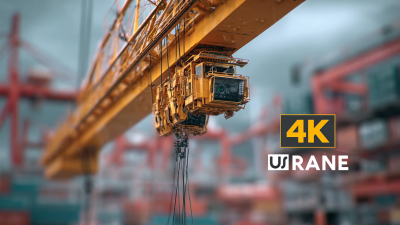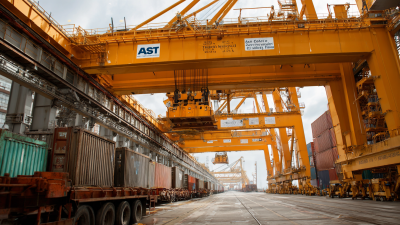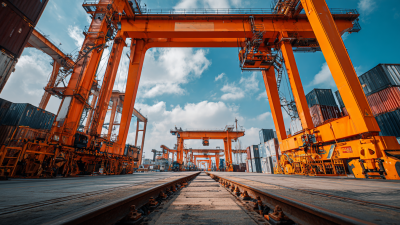Inquiry
Form loading...
-
Phone
-
Wechat

-
Whatsapp

The evolution of indoor crane technology signifies a pivotal shift in modern industrial practices, illustrating how innovation can transform operational efficiency and safety. Indoor cranes, essential in sectors ranging from manufacturing to warehousing, have undergone remarkable advancements in design, automation, and control systems. This transformation is driven by the integration of digital technologies, which enhance the functionality and adaptability of these cranes.
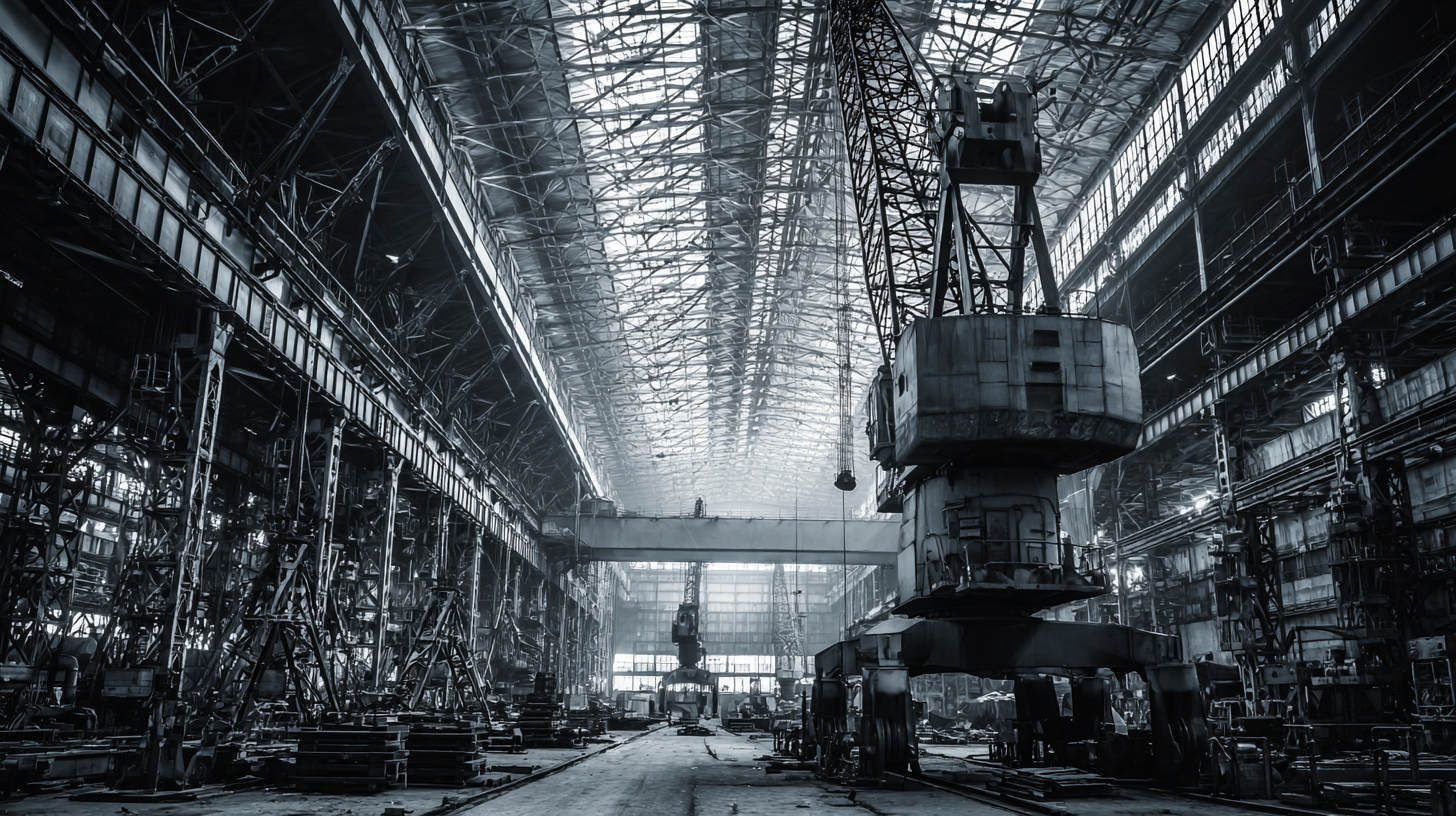 The rise of smart sensors and IoT connectivity has enabled real-time data collection and monitoring, paving the way for predictive maintenance and improved load management. As industries strive for greater productivity and reduced operational costs, the significance of indoor cranes continues to grow, positioning them as vital components in the future of automated manufacturing environments.
This transition not only revolutionizes material handling but also aligns with the broader theme of embracing digital advancements to optimize industrial workflows.
The rise of smart sensors and IoT connectivity has enabled real-time data collection and monitoring, paving the way for predictive maintenance and improved load management. As industries strive for greater productivity and reduced operational costs, the significance of indoor cranes continues to grow, positioning them as vital components in the future of automated manufacturing environments.
This transition not only revolutionizes material handling but also aligns with the broader theme of embracing digital advancements to optimize industrial workflows.
The advancements in indoor crane design and functionality are transforming how modern industries operate. With a focus on increased efficiency and safety, these innovations are essential as demand for material handling solutions rises, particularly in the construction and infrastructure sectors. This transition is mirrored in the expanding global truck-mounted crane market, which is growing at a rate of 5.5% CAGR. Enhanced lifting capacities, improved maneuverability, and sophisticated control systems allow indoor cranes to adapt to various environments, ensuring seamless integration into ongoing projects.
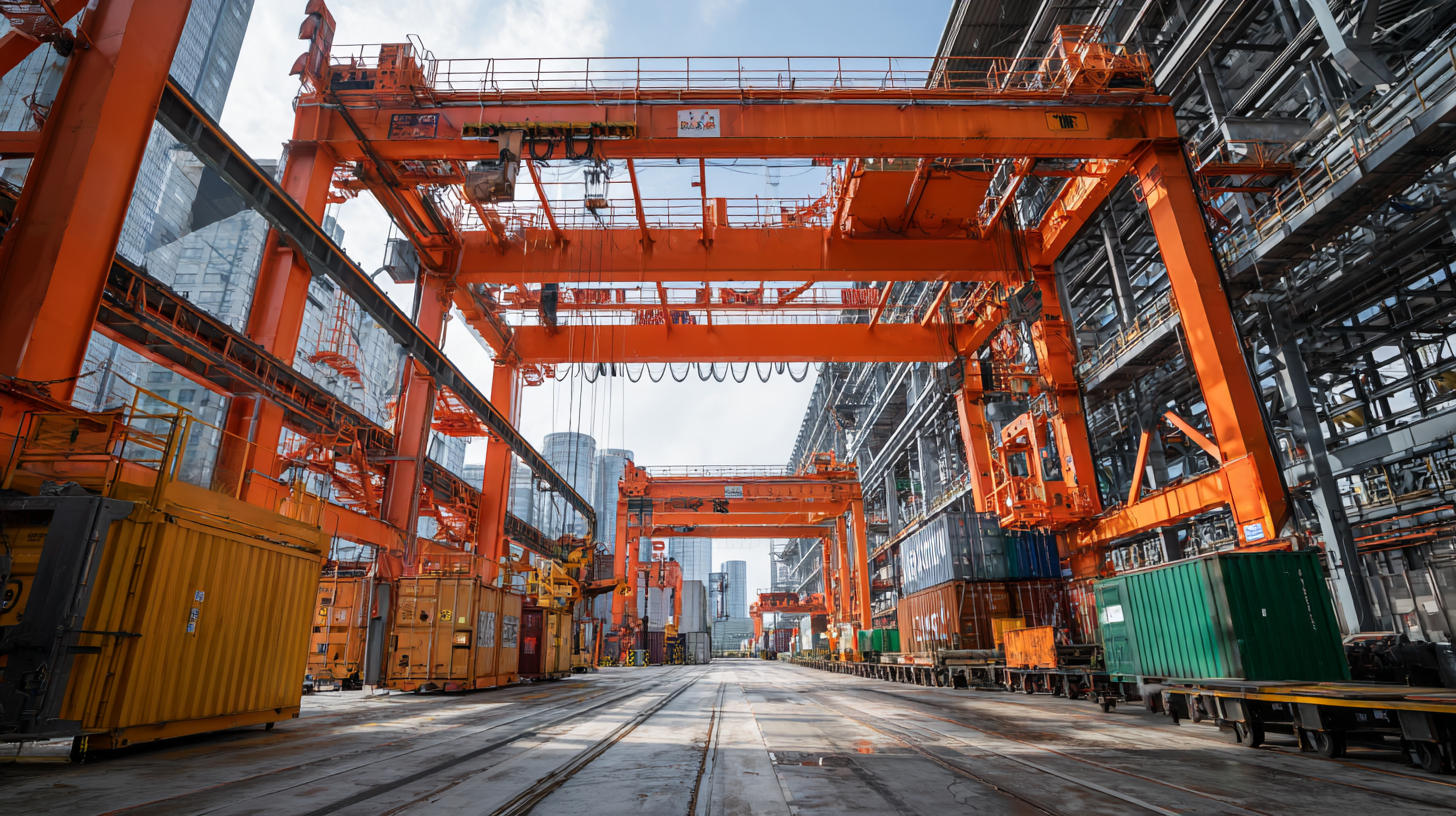
Recent technological developments have also led to the exploration of controlling quadrotor vehicles with suspended loads. The implementation of advanced control algorithms is enhancing stability and accuracy, making it easier to perform complex tasks in constrained spaces. As indoor crane technology evolves, industries can expect greater automation and precision, paving the way for safer and more productive work environments. These advancements not only streamline operations but also enable companies to tackle challenging projects with renewed confidence.
The integration of smart technology in crane operations has significantly transformed how industries manage their material handling processes. With advancements in sensors, IoT connectivity, and artificial intelligence, cranes are becoming more efficient and safer. Smart sensors can monitor load weights, detect potential hazards, and ensure that equipment operates within safe parameters. This real-time data collection enhances operational efficiency, allowing operators to make informed decisions quickly.
Moreover, the implementation of advanced control systems allows for remote operation and monitoring of cranes, minimizing the need for on-site personnel and reducing exposure to hazardous environments. Cloud-based solutions enable seamless data integration, allowing different departments within an organization to access and utilize crane performance metrics to optimize workflow. As smart technology continues to evolve, the future of indoor crane operations promises increased automation, leading to even greater productivity and safety in modern industries.
| Technology Type | Integration Level | Industry Impact | Usage Benefits | Current Trends |
|---|---|---|---|---|
| Automated Lifting Systems | High | Manufacturing | Increased Efficiency | Robotics and AI |
| Telematics | Moderate | Construction | Real-time Monitoring | Data Analytics |
| Smart Controls | High | Logistics | Flexible Operations | IoT Integration |
| Predictive Maintenance | Medium | Warehouse Management | Reduced Downtime | Machine Learning |
| Augmented Reality (AR) | Emerging | Maintenance & Training | Enhanced Training | AR Visualization |
Indoor crane technology has undergone significant evolution, with advancements greatly enhancing supply chain efficiency across various industries. These modern cranes, featuring automation and smart connectivity, streamline the movement of goods within warehouses and manufacturing plants. By minimizing the need for manual handling, they reduce the potential for errors and injuries, while also allowing for faster processing times. This shift in operational dynamics not only optimizes labor but also accelerates the overall workflow, leading to improved inventory management and reduced lead times.
Moreover, the integration of indoor cranes into automated systems has revolutionized inventory handling processes. Real-time data analytics enables precise tracking of materials and resources, which helps in forecasting demand and managing stock levels efficiently. As businesses increasingly adopt Just-in-Time (JIT) inventory practices, indoor cranes play a crucial role in ensuring that materials are delivered exactly when needed, thus minimizing excess inventory and associated holding costs. Consequently, industries leveraging advanced indoor crane technology are better poised to meet the challenges of a rapidly evolving market, enhancing their competitive edge.
The modern crane industry has undergone significant transformations, particularly in the aspect of safety enhancements driven by technological innovations. According to a recent report by the International Organization for Standardization (ISO), the implementation of advanced safety systems in cranes has reduced workplace accidents by up to 40% over the past decade. This emphasizes the importance of integrating cutting-edge technology into crane designs, ensuring that operators can work in a safer environment.
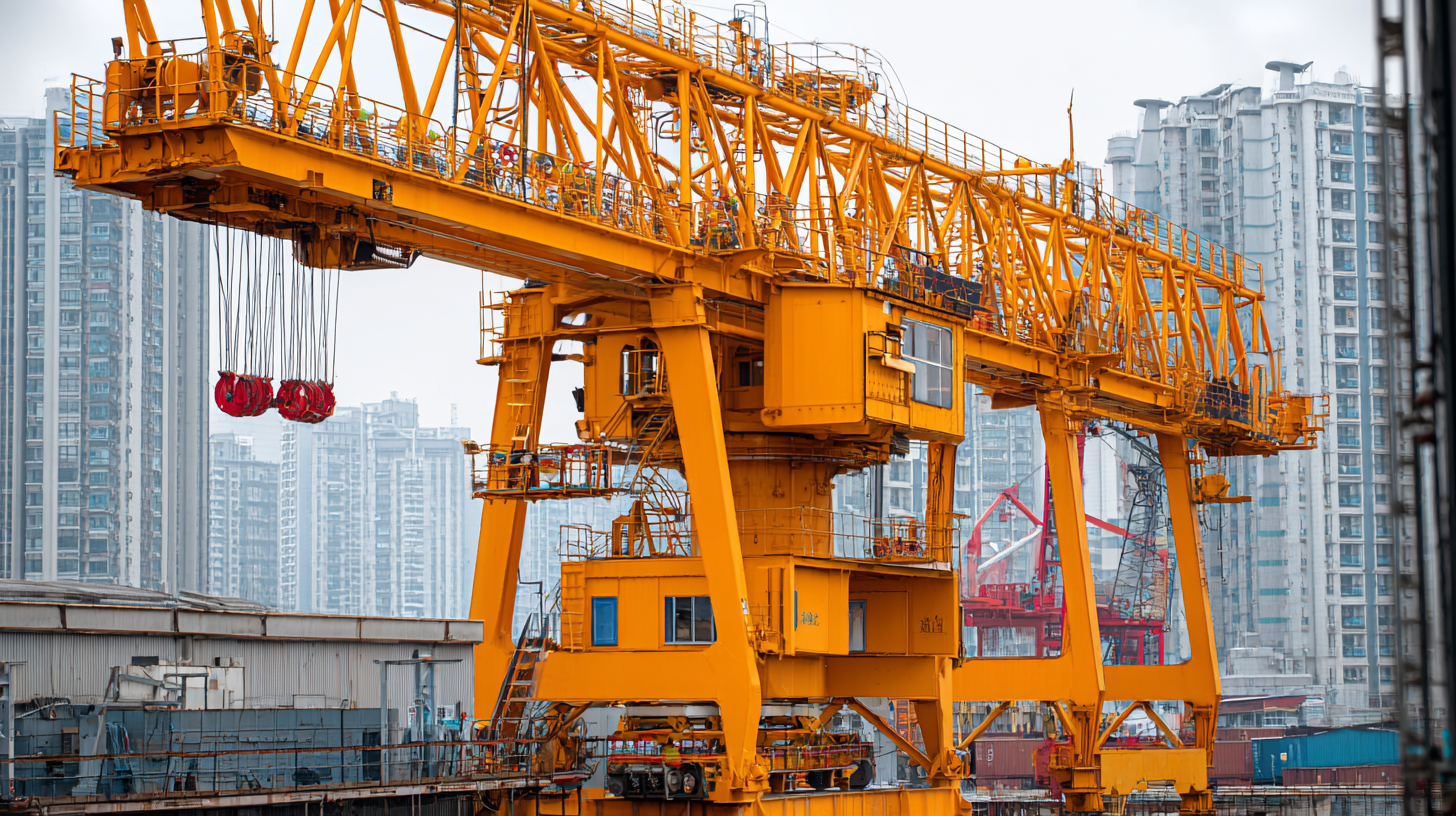
One of the notable advancements is the introduction of smart systems that monitor crane operations in real-time. These systems use sensors and IoT technology to track load weights, detect potential hazards, and provide alerts to operators before an accident can occur. The Occupational Safety and Health Administration (OSHA) indicates that nearly 30% of all crane-related fatalities are preventable through such proactive measures. With innovations such as automated load control and intelligent navigation systems, the industry is steadily moving towards a future where safety is paramount, allowing companies to optimize productivity while minimizing risks.
As industries increasingly seek efficiency and safety, the future of indoor crane technology is poised for significant advancements, particularly in automation. According to a report by MarketsandMarkets, the global crane market is expected to grow from $35.2 billion in 2021 to $46.5 billion by 2026, highlighting a robust demand for innovative crane solutions. Automation is expected to play a crucial role in this evolution, with smart cranes equipped with IoT sensors and artificial intelligence gaining traction. These developments enable real-time monitoring and data analytics, allowing for predictive maintenance and enhanced operational efficiency.
Moreover, the integration of robotics into indoor crane systems is expected to revolutionize material handling. A study by ResearchAndMarkets estimates that the robotic crane systems market will expand at a CAGR of 11.2% from 2022 to 2027. This shift not only enhances productivity but also reduces the risk of workplace accidents. Automated indoor cranes can operate in complex environments with high precision and minimal human intervention, which is particularly beneficial in sectors like manufacturing, logistics, and construction. As these technologies mature, industries will likely experience a transformative shift in their operational capabilities, leading to smarter and safer work environments.
This chart illustrates the advancements in indoor crane technology over the years and predicts future trends based on current automation developments. The data highlights factors such as lifting capacity, efficiency improvements, and automation integration levels from 2015 to 2025.
